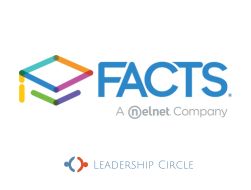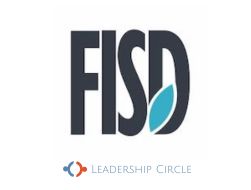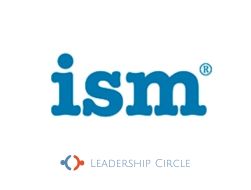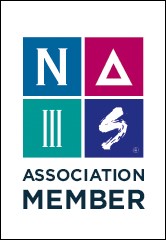 By Kent Lenci, Guest Columnist
Political polarization has made teaching tough. So it must be especially daunting these days to teach in North Carolina, a battleground state evenly divided along party lines and roiled by arguments over redistricting. This is a state that sent Madison Cawthorn to Congress, yet some counties voted overwhelmingly for Joe Biden in 2020. With midterm elections just weeks away and teachers mindful of their duty to dole out civic lessons, folks could be forgiven for wondering: what could possibly go wrong this fall? As I watch from afar—Massachusetts—it strikes me that the unease felt by many teachers across the country is perhaps magnified in North Carolina. I know from my own discussions and workshops that teachers are on edge, and I also know there is a cyclical, rhythmic pattern to the worry: as elections approach, teachers feel both obligated to seize the teachable moments and, simultaneously, terrified by the prospect of wading into the minefield of politics. It’s enough to make us want to steer entirely clear of that mess. We are peacemakers, we teachers, and it is natural for us to wonder whether we might drown out the “noise” of politics, put our heads down, and teach our subjects. Maybe that mock election, which we held in previous years, should be between lunch options this time, rather than real candidates (sloppy joes or pizza? cast your ballot today!). Perhaps we might gently avoid, when possible, overt discussions of race, because the national discourse has imbued those discussions with what feels like unmanageable tension. We may harbor these thoughts, but I hope we will not act on them. Because, yes, for sure, teaching in an era of political polarization is hard. But as difficult as our job is, we do our students no service by shielding them from the controversies that swirl. If our duty feels tough, imagine how hard it will be for these students to grow into adults who will face not only today’s problems—which our paralysis of polarization has kept us from solving—but also the problems of tomorrow. They will do so against the backdrop of the same polarization we now experience because political polarization is not a passing phase; it will be a feature of our students’ lives years from now. Therefore, students must have ample practice at navigating lines of disagreement if they are to work across lines of divide to solve tomorrow’s challenges. They must learn to listen carefully and purposefully to people with whom they disagree. They need every opportunity we can provide to sharpen their bridge-building skills. Shielding students from these opportunities—which might naturally arise during an election season—would be a dereliction of duty. We can do this without unnecessarily courting trouble. It begins, I think, with rallying around a common goal. Can you and your colleagues agree that students need bridgebuilding skills to face tomorrow’s polarization? If so, say it out loud: this is a learning goal. Having done so, other pieces will fall into place. Teachers will find the granular lesson ideas to help them structure classes in ways that engender cross-ideological communication and cooperation. Administrators will share the learning goal with parents, who can then agree that the choice of a particular text or news source was not made out of animosity but rather out of clarity of purpose: we need diverse sources of information if we are to help students interrogate those sources. And indeed, the decision to examine an impending election could then be viewed by all parties for what it is—another mechanism to reach our learning goal—rather than what it is not—“indoctrination.” Those who find themselves animated by the challenges ahead may look for more detailed guidance and inspiration. They could find it among the resources I’ve gathered on my website or by attending one or more of the workshops I’ll be offering to NCAIS teachers this year through the Subscription Series. Finally, for the full story, try my book, Learning to Depolarize: Helping Students and Teachers Reach Across Lines of Disagreement, which will be available later in October. Sure, times are tough, and polarization is a thorn in our side. We will serve our students best, however, by reframing our understanding of political polarization. Polarization is not a distraction that we should seek to minimize in order to focus on our teaching. Rather, political polarization is a reminder of what we need to be teaching. This is the world our students will face, and they must have the skills to face it. Kent is the author of Learning To Depolarize: Helping Students and Teachers Reach Across Lines of Disagreement, to be published by Routledge in the fall of 2022. He has taught, coached, and occupied several leadership positions at the middle-school level over the past twenty years. He is a recipient of various honors, including the Margot Stern Strom Teaching Award from Facing History and Ourselves and the NAIS Teacher of the Future designation. He earned his Ed.M. in Learning and Teaching from Harvard University. Kent has presented at local and national conferences and written on the topic of connecting students across political divides. In partnership with the Better Arguments Project, he created a curriculum to encourage civil discourse among middle- and high-school students, and he has worked with a number of schools to help educators navigate the complexities of political polarization. By virtue of temperament and experience, he is well suited to gently, purposefully, and humorously leading students and faculty members through difficult discussions. |





















 .
. 
